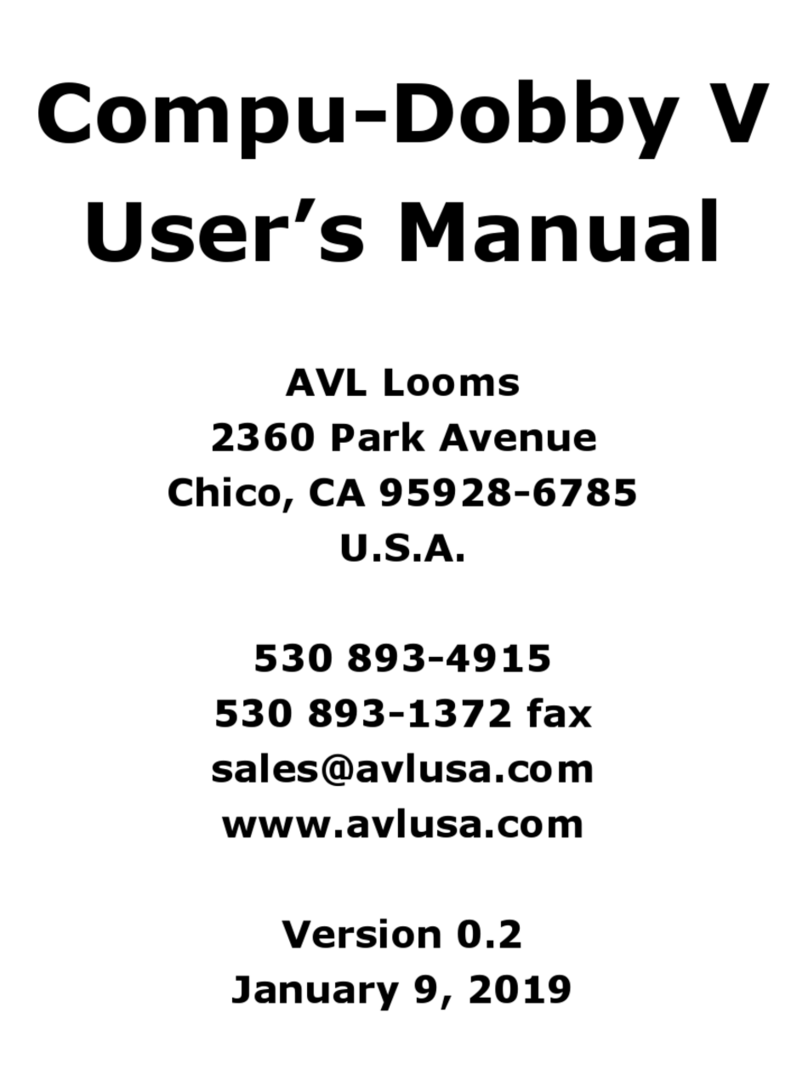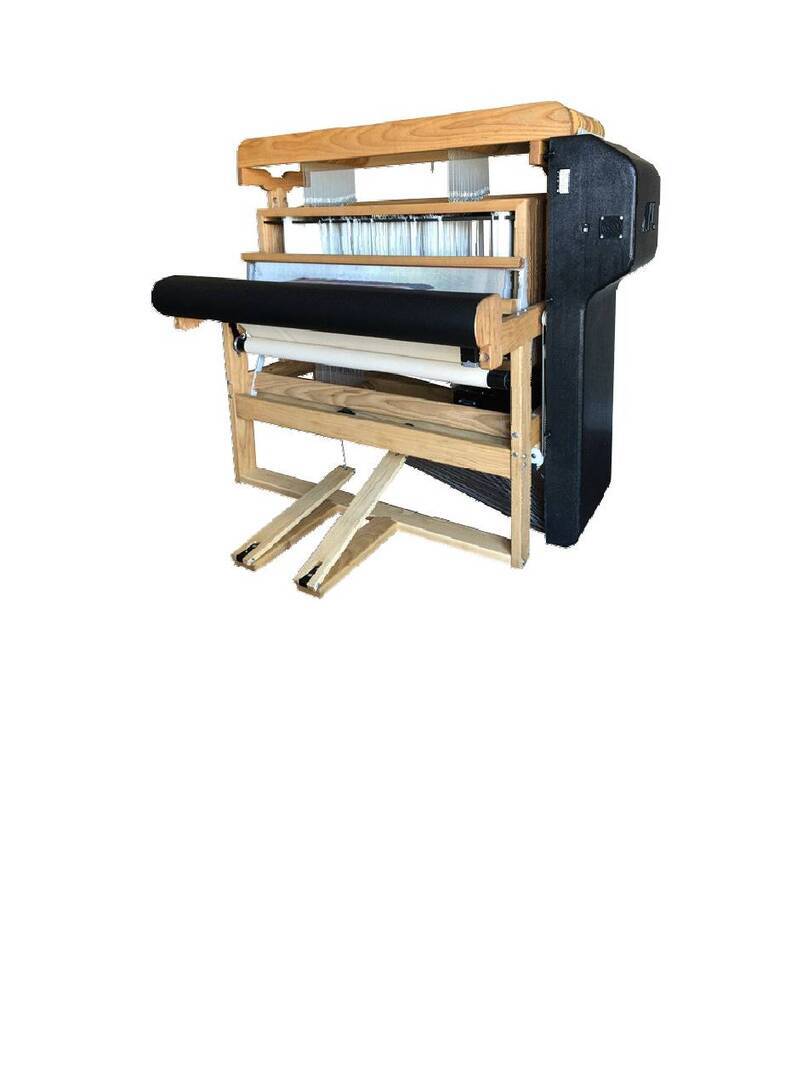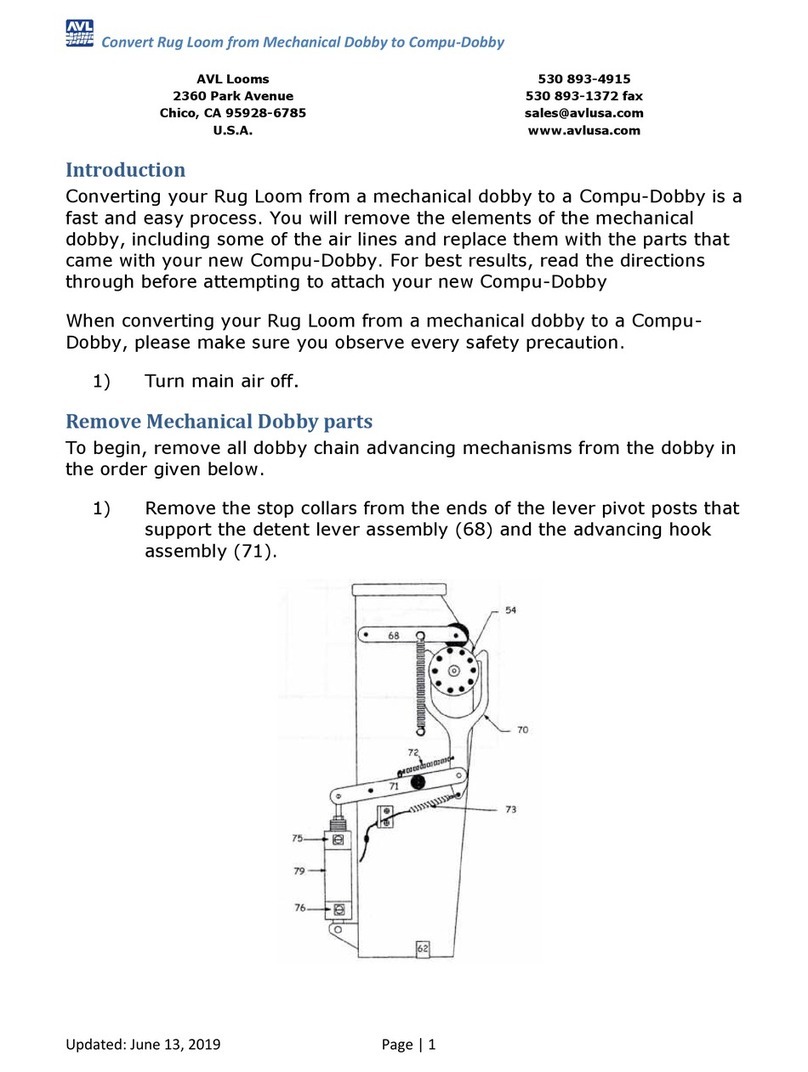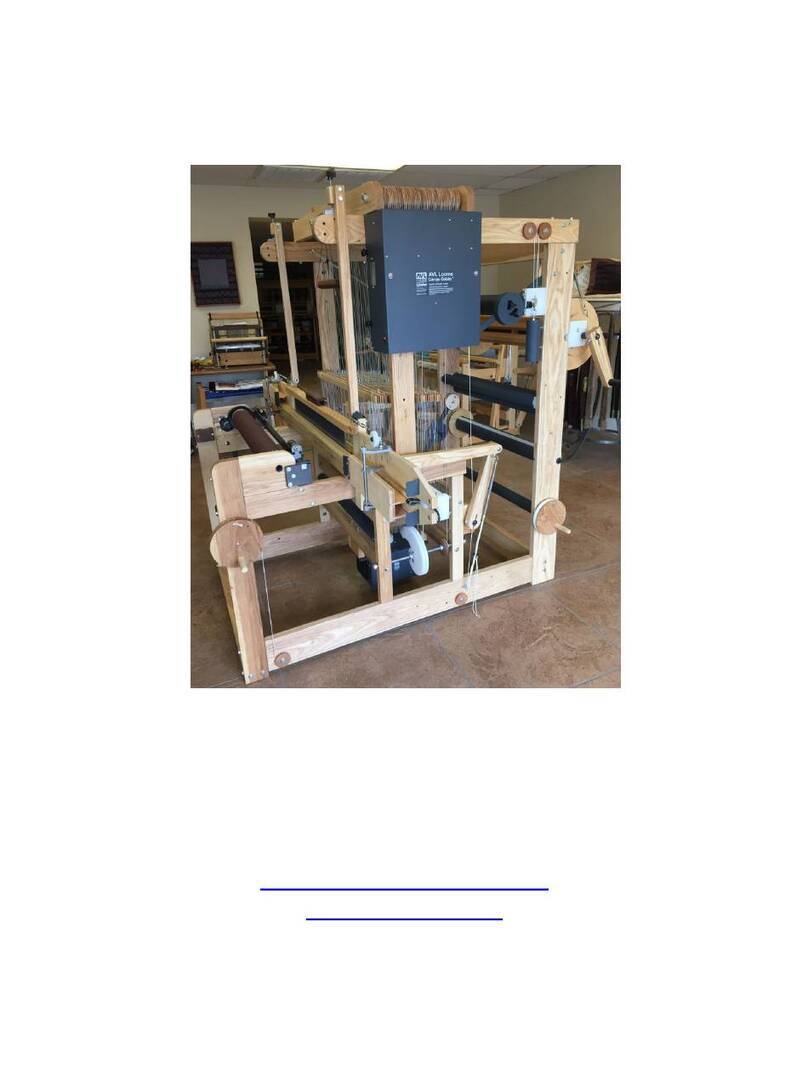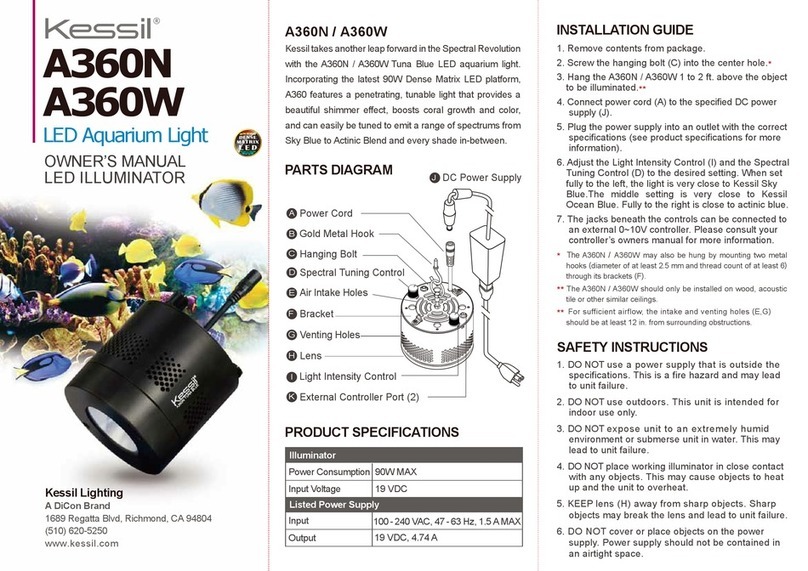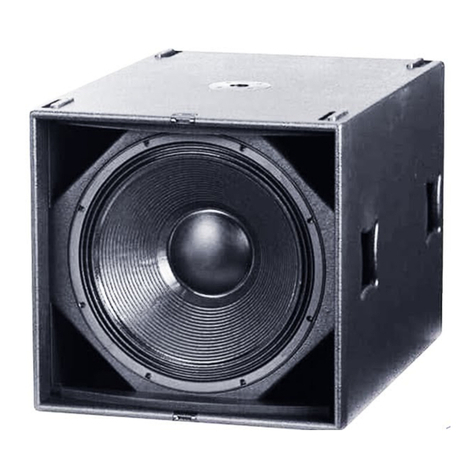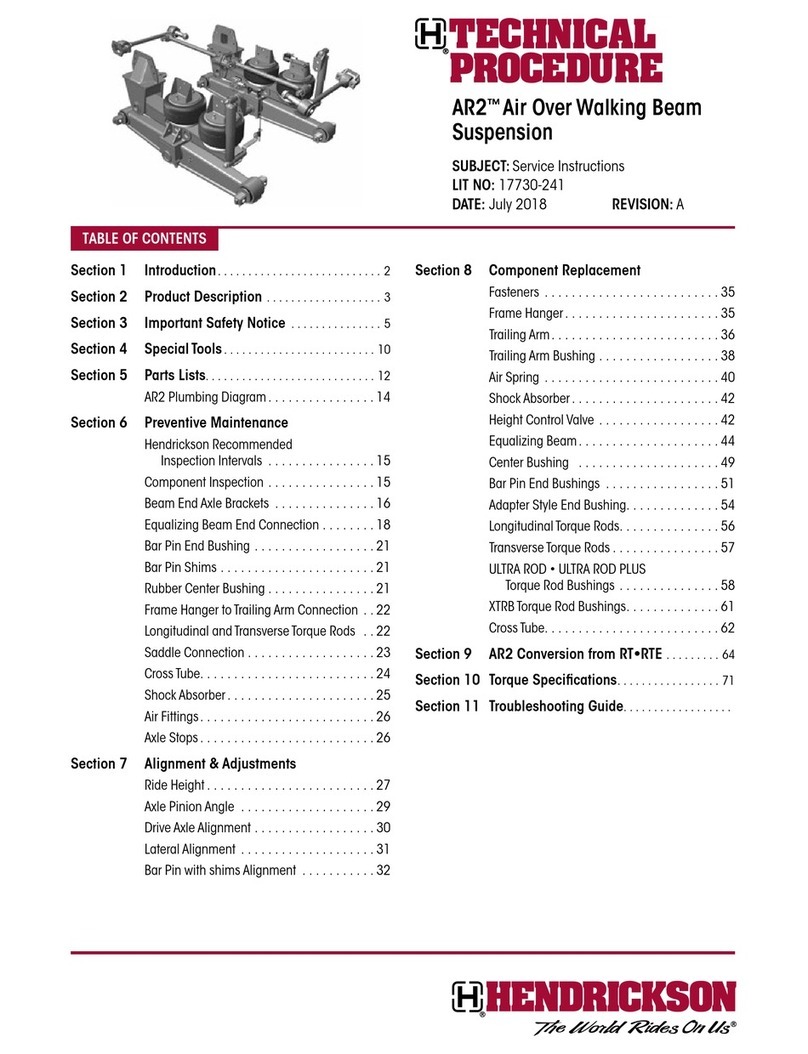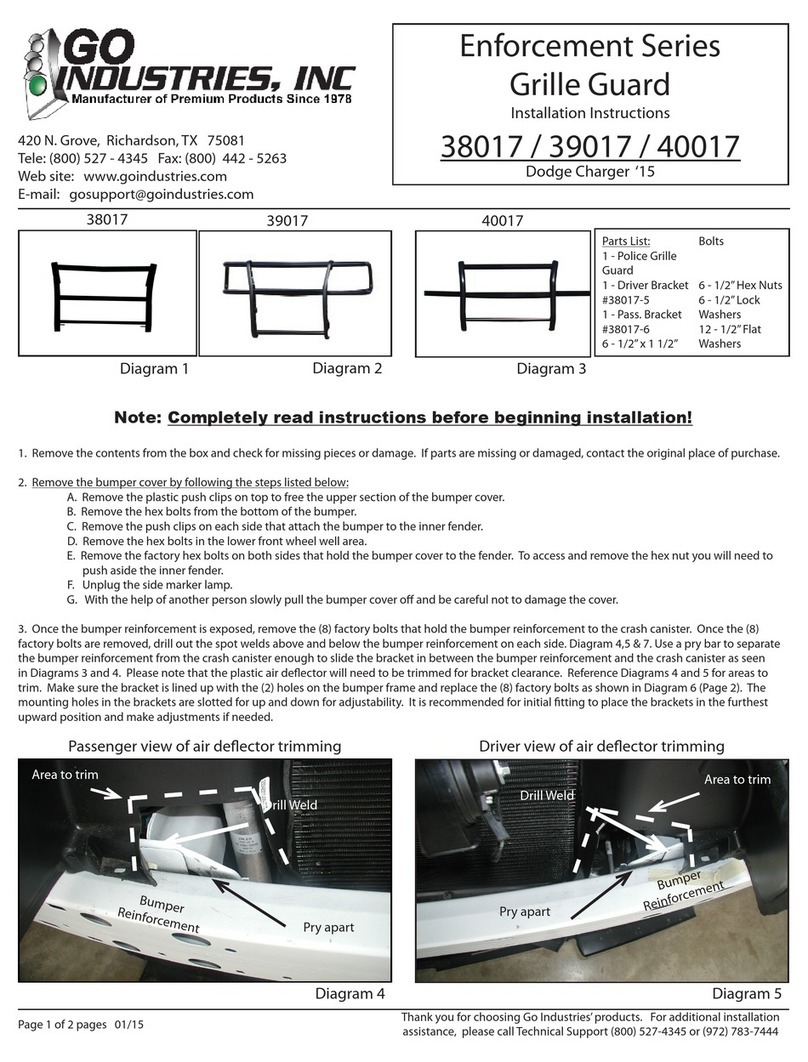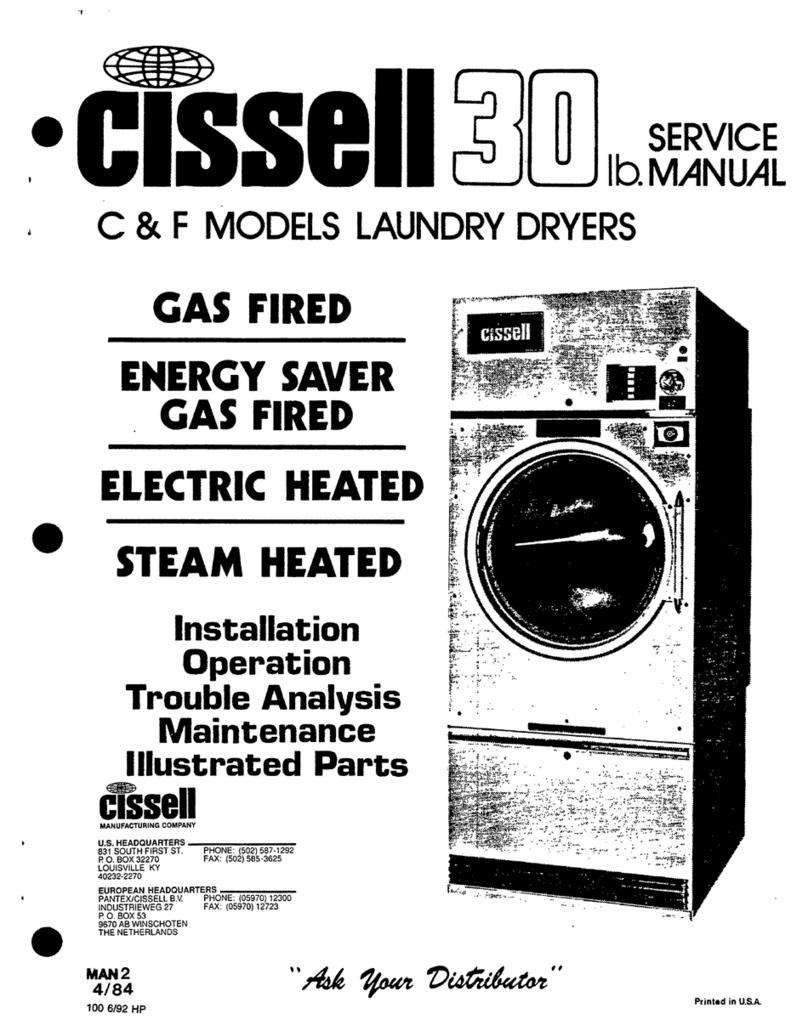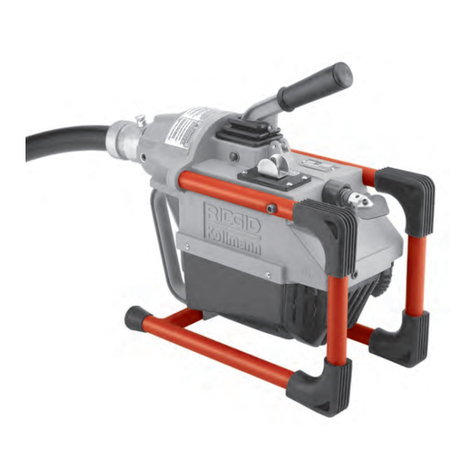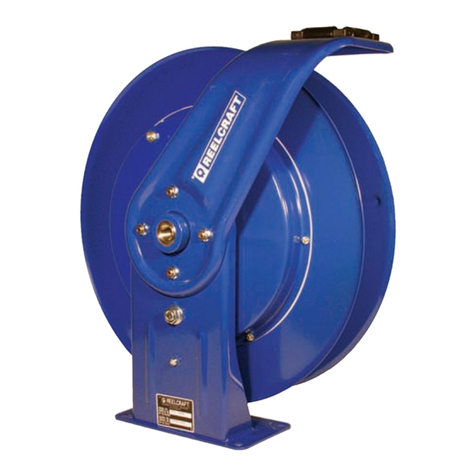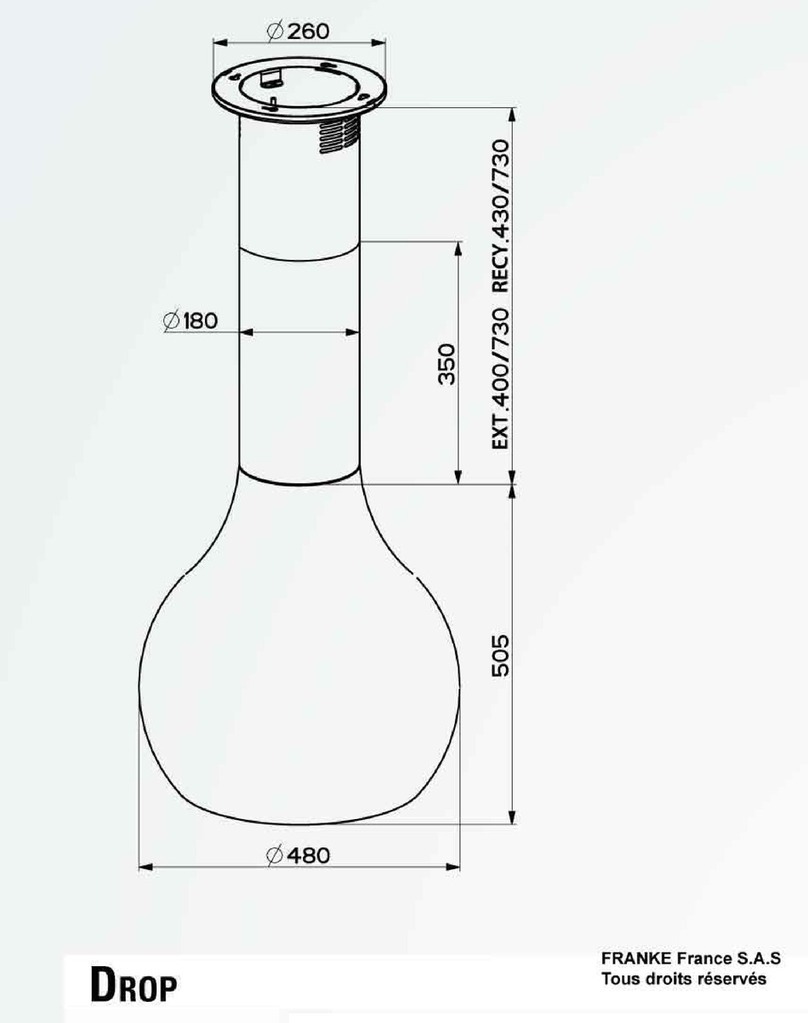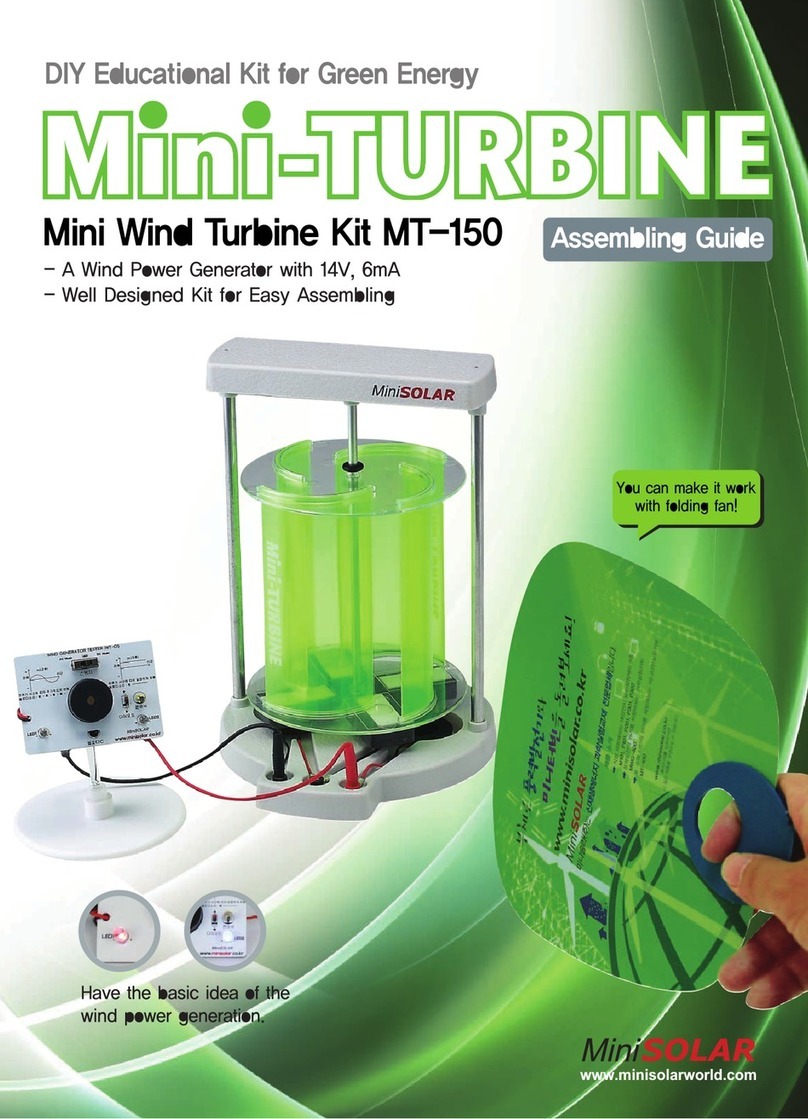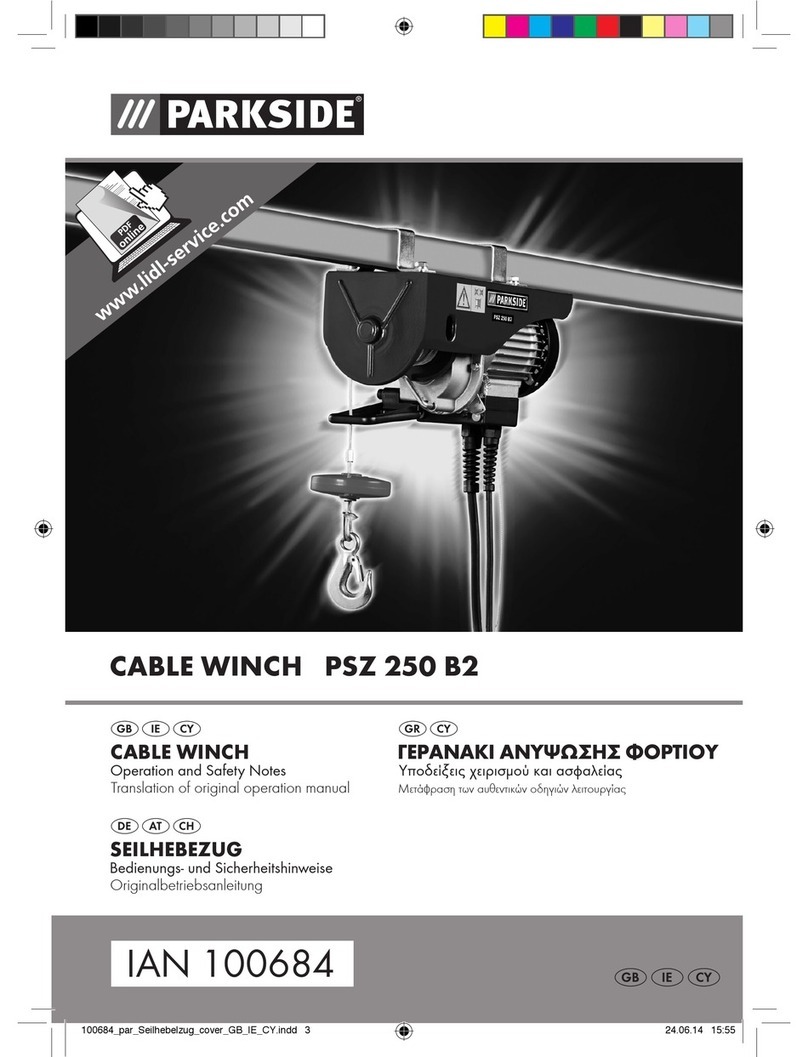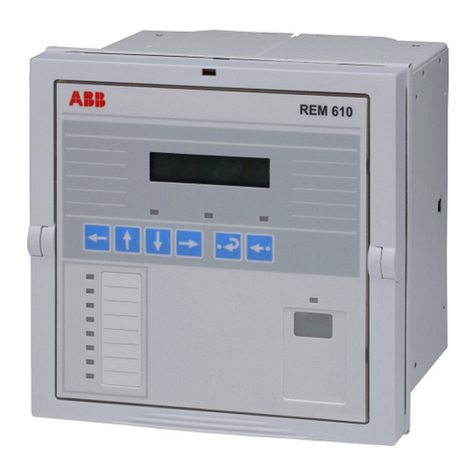
Rug Loom User’s Manual Introductory Information
Page | i
Introductory Information ................................................................................................................ 1
Safety .......................................................................................................................................... 2
Introduction ................................................................................................................................. 4
Loom Features ............................................................................................................................ 5
Air Component Information ....................................................................................................... 6
Set Up.......................................................................................................................................... 8
Loom Assembly ............................................................................................................................ 11
Before You Begin ..................................................................................................................... 12
Side Frame Assembly ............................................................................................................... 14
Add Cross Members ................................................................................................................. 18
Square the Frame ...................................................................................................................... 20
Add remaining cross members .................................................................................................. 21
Level the Frame ........................................................................................................................ 23
Dobby Assembly ....................................................................................................................... 23
Beater Assembly ....................................................................................................................... 24
Air System ................................................................................................................................ 27
Add Harnesses to the Loom ...................................................................................................... 30
Cloth Storage Beam Assembly ................................................................................................. 36
Cloth Beam Assembly .............................................................................................................. 38
Worm Drive .............................................................................................................................. 41
Separation Rollers ..................................................................................................................... 44
Warp Beams .............................................................................................................................. 45
Brake Cable Assembly .............................................................................................................. 46
Brake Drag Strap....................................................................................................................... 48
Apron ........................................................................................................................................ 50
Install the Air Lift ..................................................................................................................... 51
Install the Air Compu-Dobby ................................................................................................... 54
Connect The Air System ........................................................................................................... 56
Maintaining Your System ......................................................................................................... 58
Other Loom Maintenance ......................................................................................................... 59
Appendix – Optional Features ...................................................................................................... 61
Air Shuttle Installation And Adjustments ................................................................................. 62
Air Beater .................................................................................................................................. 65
Automatic Advance .................................................................................................................. 65


